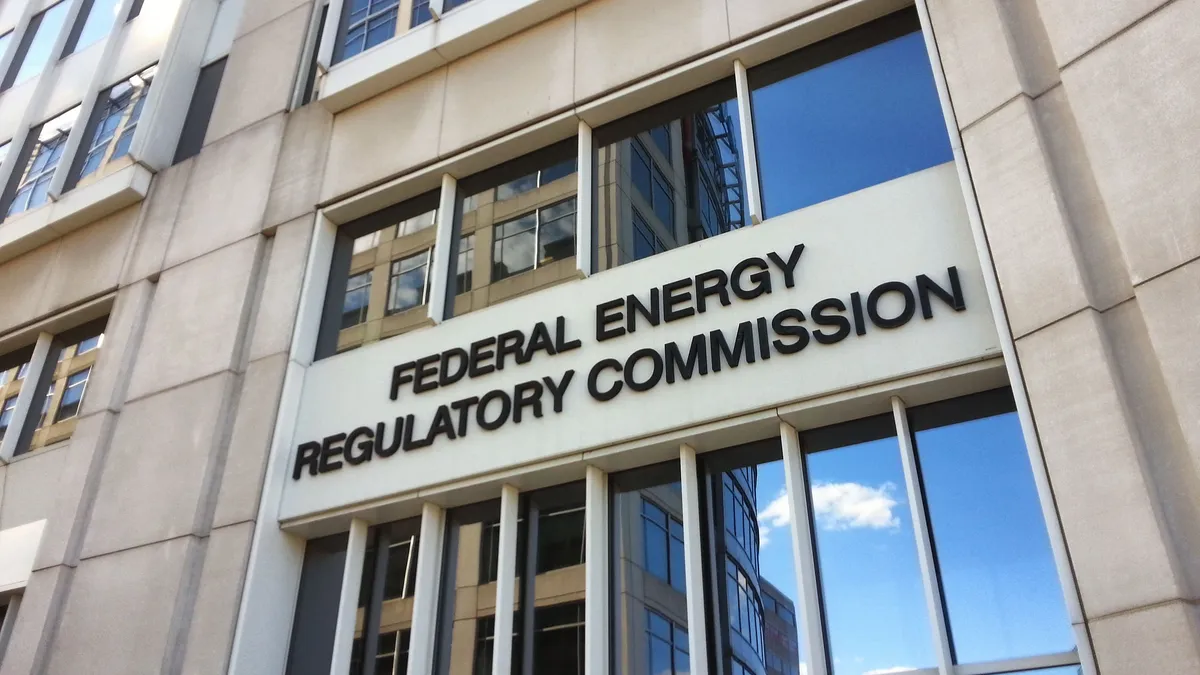Dive Brief:
- A financial management report released by the previous chair of the Federal Energy Regulatory Commission makes no mention of coal resources, despite the Trump Administration's focus on reviving the fuel and having directed the agency to overhaul how coal and nuclear resources are compensated.
- The Agency Financial Report for Fiscal Year 2017 concludes natural gas demand is at its highest point ever in the United States, and that among FERC's objectives is to "foster economic and environmental benefits for the nation through approval of natural gas and hydropower projects."
- The report was released by former FERC Chairman Neil Chatterjee, who briefly led the commission until Kevin McIntyre was sworn in as chair this month.
Dive Insight:
Last month, when Chatterjee was still at the helm, the FERC regulator laid out for Utility Dive an interim plan to address coal and nuclear retirements. Following a notice of proposed rulemaking from the U.S. Department of Energy, Chatterjee said the commission could issue a "show cause" order directing RTOs and ISOs to update their tariffs to keep plants online that provide "necessary resilience attributes," or show why they should not be required to do so.
FERC would then issue a longer-term rulemaking to address broader issues of resilience and market compensation. DOE has since granted the commission extra time to act on the proposed rulemaking.
The proposal could upend competitive markets and appears to fulfill a campaign promise by President Trump to help save the ailing coal industry. But the day before Chatterjee spoke with Utility Dive about how the agency would approach the NOPR, he signed off on the agency's financial management report, which included no mention of coal resources, as the Washington Examiner points out.
FERC is charged by Congress to promote the development of safe, efficient, robust, reliable and secure energy infrastructure. To meet those goals, the report indicates the agency will "foster economic and environmental benefits for the nation through approval of natural gas and hydropower projects."
Low prices mean more natural gas is being used for power production and FERC's report concludes "the responsible development of interstate natural gas infrastructure — pipelines, storage and LNG facilities — is a critical link in ensuring that natural gas supply can reach market areas."














